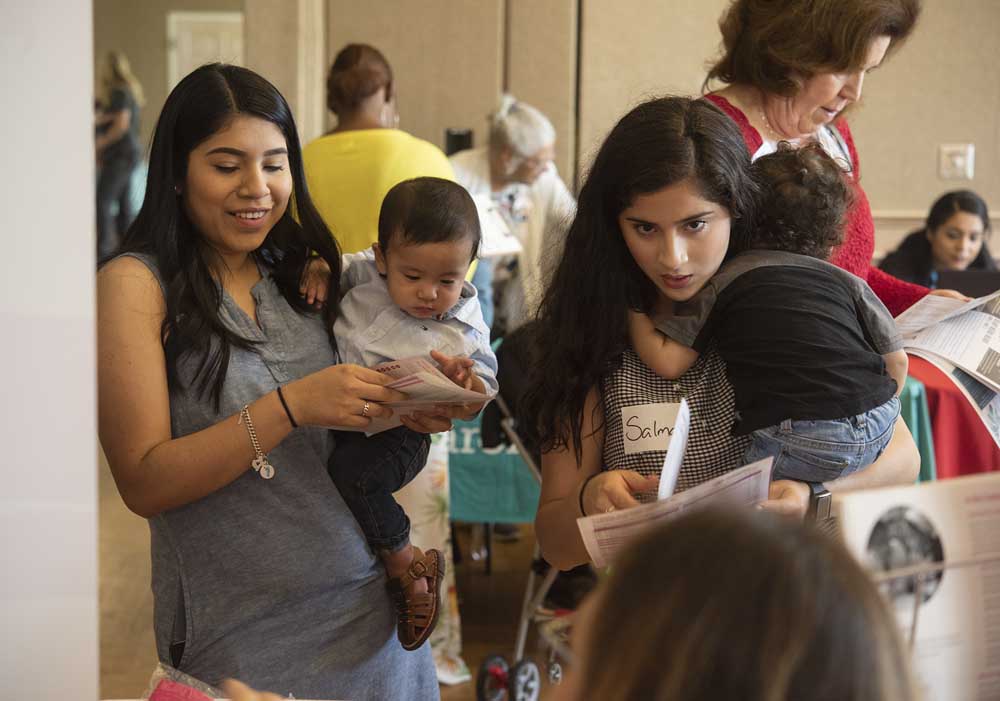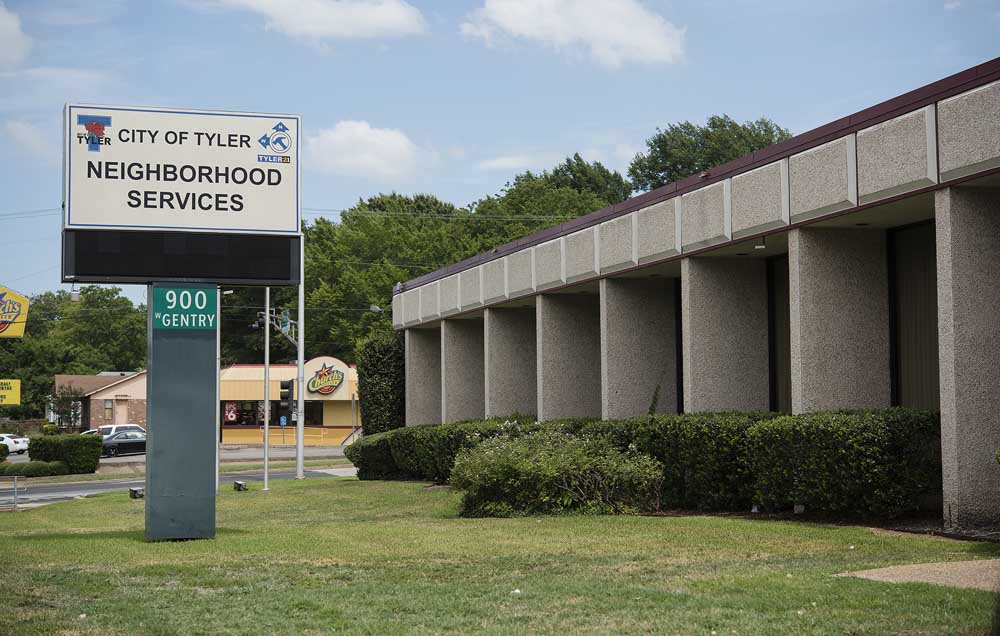Empowering Mothers: Texas report shows lack of prenatal care and health insurance as barriers to healthy mothers, babies
Published 11:00 pm Saturday, June 8, 2019

- New moms visit vendor booths at the Nurse-Family Partnership Mother's Day lunch event at the Ornelas Center. (Sarah A. Miller/Tyler Morning Telegraph)
The Maternal & Child Health Epidemiology Reports, which includes regional analysis of maternal and infant health in Texas from the Texas Department of State Health Services, expands upon 2015 data on maternal health, maternal health care barriers and infant mortality. The report breaks Texas down into Public Health Regions with Tyler and Longview falling into the same 35-county East Texas region.
The report’s key findings show that women have a higher rate of maternal hypertension than in any other Texas region.
There’s a high rate of women who smoke while pregnant (12.1 percent).
East Texas has a high teen birth rate of 10.5 percent.
Its infant mortality rate is 7.2 deaths per 1,000 live births.
“The majority of pregnancies are technically unplanned,” said Laura Young, nursing supervisor for Nurse-Family Partnership, a program that pairs nurses with first-time moms for home visits. “Meaning that you didn’t say, ‘I’m going to go and have a child now.’ Because of the unplanned nature, women are not healthy. Either they’ve had a baby sooner than they planned to, or they had a baby they weren’t planning to have.”
One-third of women of childbearing age did not have health insurance and there were barriers to breastfeeding and prenatal care reported.
Census American Community Survey data from the same time period showed that more than 290,000 people in the region had no health insurance coverage, which is 20 percent of East Texas residents.
Poverty is a barrier to health insurance, and none of the counties in this region had a median household income above the state’s median household income of $53,027.
In 2015, only 63.7 percent of women delivering a live birth in the region received prenatal care in the first trimester and disparities exist among racial/ethnic groups.
About 69.7 percent of white women received prenatal care in the first trimester compared to 55.3 percent of black women.
Hispanic women reported a higher rate of receiving prenatal care as early as they wanted, at 87.4 percent compared to white/other at 78.3 and black women at 71.7.
To compound the issue, there is also a lack of obstetrics and gynecology specialists in the region, especially outside of the two biggest cities, Tyler and Longview.
The report states that 19 of the counties had no OB-GYN.
The density of OB-GYNs in the region was 16.2 OB-GYNs per 100,000 female residents.
“For a lot of women, the first time they see someone is when they’re in labor,” said Susan Rodriguez, chairwoman of Healthy Me Healthy Babies and a program manager for the Center for Rural Community Health at the UT Health Sciences Center at Tyler.
The Healthy Me, Healthy Babies Coalition is a group of organizations and individuals that came together in 2014 to address maternal health and infant mortality in the Tyler area. The coalition aims to improve the birth outcomes in the community, to make the birthing experience safer, and to make the community aware of what services are available to moms.
The most frequently noted barriers to receiving early prenatal care were reported as:
1. I didn’t have my Medicaid or Texas Health Steps card;
2. I didn’t have enough money or insurance to pay for my visits;
3. I couldn’t get an appointment when I wanted one;
4. I didn’t know I was pregnant;
5. I had too many other things going on.
Twitter: @TMT_Sarah






